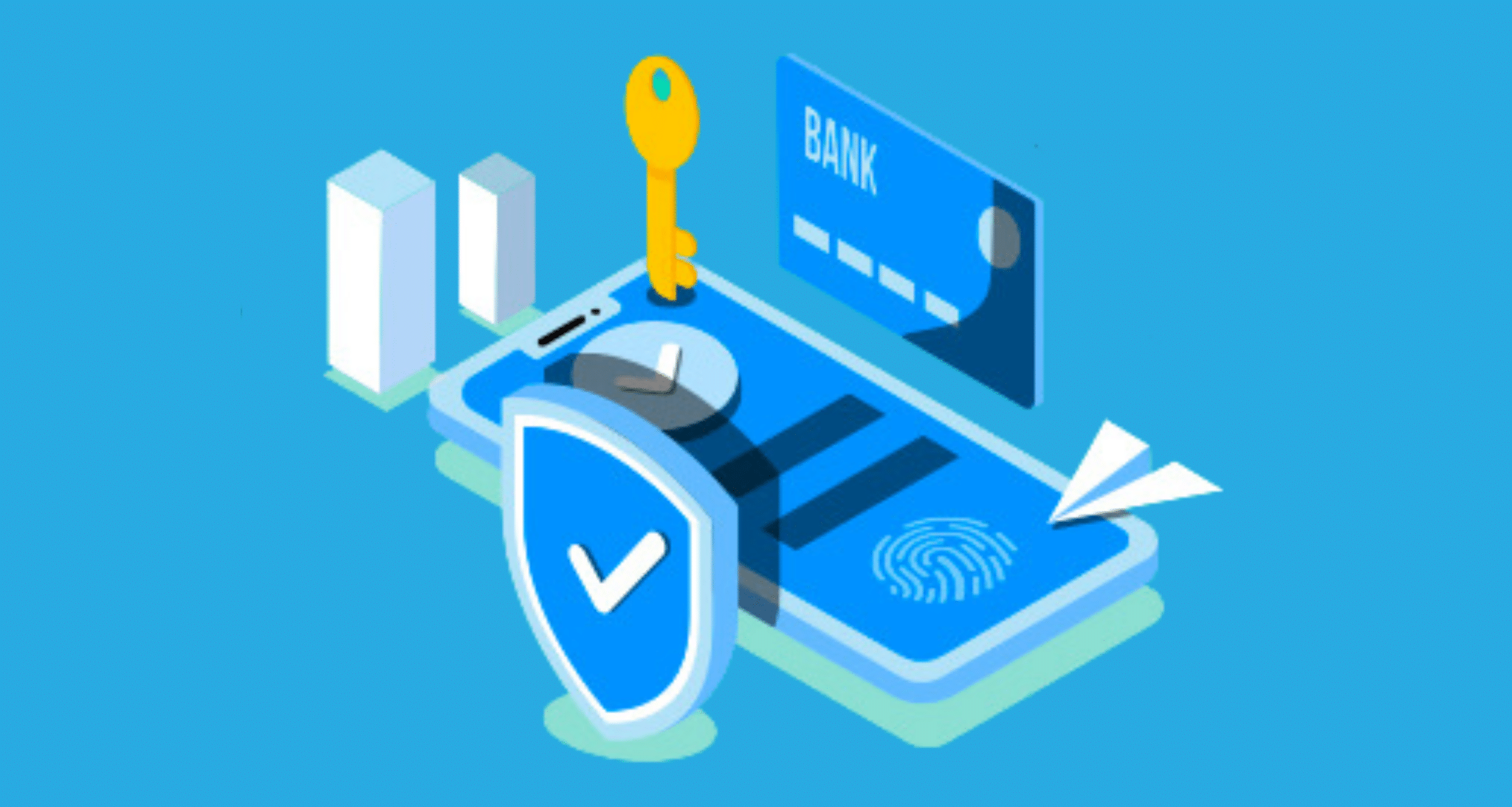Introduction: The End of the "Trusted" Internal Network
For decades, network security followed a simple principle: build a strong firewall around your corporate network—the "castle"—and everyone inside was trusted. This was the "castle-and-moat" model. But in a world of cloud applications, remote work, and sophisticated phishing attacks, the walls have crumbled. The moat has been drained.
The modern workforce accesses data from anywhere, on any device. The concept of a defined "inside" and "outside" the network is obsolete. A single compromised password from a remote employee can give an attacker a free pass to roam the entire "trusted" internal network.
This reality has given rise to the most significant shift in cybersecurity philosophy in years: Zero Trust.
What is Zero Trust? (It’s Not a Product)
Zero Trust is not a single piece of software you can buy. It is a strategic framework or mindset built on a simple, ruthless principle:
Never trust, always verify.
No user, device, or network flow is trusted by default, regardless of whether they are sitting in the office headquarters or connecting from a coffee shop. Authentication and authorization are required for every access request, every time.
The Core Principles of Zero Trust
The Zero Trust model is built on several key pillars that work together to create a dynamic and secure environment:
- Verify Explicitly: Always authenticate and authorize based on all available data points. This includes user identity, device health, location, service being requested, and the type of data being accessed.
- Use Least Privilege Access: Limit user access with just-in-time (JIT) and just-enough-access (JEA) policies. A user in the marketing department has no reason to access financial servers. This minimizes the "blast radius" if an account is compromised.
- Assume Breach: Operate under the assumption that an attacker is already inside your environment. This mindset forces you to segment your network to contain any potential breach and prevent lateral movement. If a hacker compromises one device, they can't easily jump to your most critical data.
What Does Zero Trust Look Like in Practice?
Let's compare the old way versus the Zero Trust way for a remote employee trying to access an internal financial application:
The Old Way (Trusted Network):
- Employee connects to the corporate VPN using a username and password.
- Once on the VPN, they are "inside" the trusted network.
- They access the financial app without any further checks. If their password was stolen, the attacker now has full access to that application.
The Zero Trust Way:
- The employee attempts to access the application directly (no VPN needed).
- The Zero Trust system checks: Is this a known user? (Identity Verification)
- Is their device compliant (e.g., has encryption enabled, is running antivirus, and is patched)? (Device Health Check)
- Is this access attempt coming from a usual location during normal hours? (Contextual Analysis)
- Does this user have permission to access this specific application? (Least Privilege)
- Only after all these checks are passed is the user granted access—and only to that one application, nothing else.
Why Your Business Needs to Adopt a Zero Trust Mindset
The benefits of moving toward a Zero Trust architecture are profound:
- Secures Remote Work: Perfectly designed for a hybrid workforce, it provides secure access to applications from anywhere without the bottleneck and risk of a traditional VPN.
- Protects Against Insider Threats: By enforcing least privilege, you limit the damage both malicious insiders and compromised accounts can cause.
- Reduces the Attack Surface: Micro-segmentation means even if a breach occurs, the attacker is contained in a small segment of the network, unable to move laterally to steal more data.
- Improves Compliance: Provides detailed logs for every access attempt, making it easier to demonstrate compliance with regulations like GDPR, HIPAA, and PCI DSS.
Getting Started with Zero Trust: A Practical First Step
Implementing a full Zero Trust architecture is a journey, not a weekend project. You don't have to boil the ocean. Start here:
- Identify Your Crown Jewels: Conduct an audit. What is your most critical, sensitive data? Where does it live? Who needs access to it?
- Implement Multi-Factor Authentication (MFA): This is the absolute cornerstone of verifying user identity. It is the first and most crucial step toward Zero Trust.
- Adopt a Identity-Centric Approach: Use an identity provider (like Azure AD or Okta) to become the central control point for all user access.
- Explore Micro-Segmentation: Begin segmenting your network to isolate critical assets from the rest of your environment.
Conclusion: Trust is a Vulnerability
In cybersecurity, trust is no longer a virtue; it's a vulnerability. The Zero Trust model acknowledges this new reality by eliminating implicit trust and continuously validating every digital interaction.
By adopting a "never trust, always verify" approach, you build a resilient security posture that protects your most valuable assets in a borderless digital world. It’s time to stop building higher walls and start verifying every single person at the gate.

